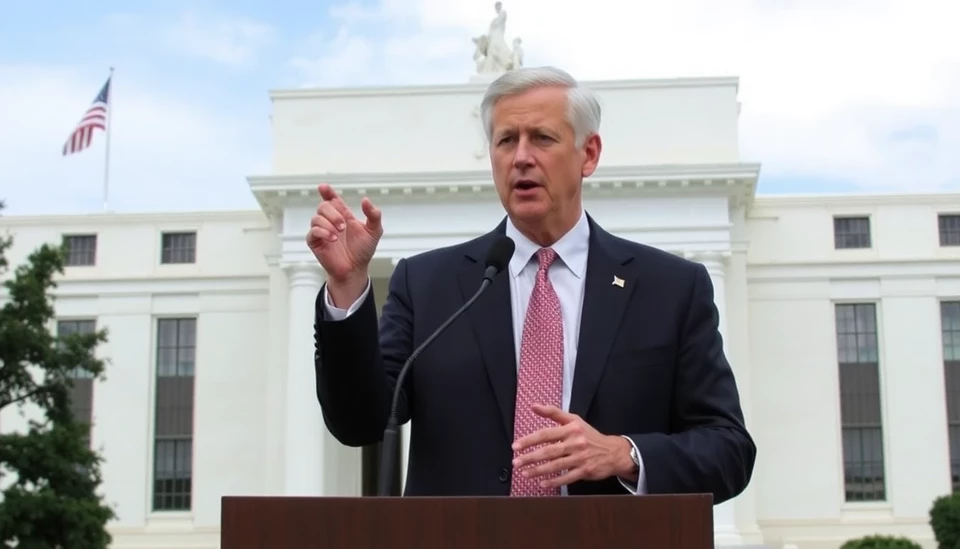
In recent comments, Federal Reserve Bank of Chicago President Austan Goolsbee emphasized the importance of a more measured approach to interest rate cuts as the central bank nears what many consider a "neutral" monetary policy stance. Goolsbee's insights come in the wake of ongoing economic fluctuations, where careful navigation of interest rates is critical to maintaining balance in the economy.
According to Goolsbee, the current economic climate requires deliberation, particularly since the Fed has implemented a series of aggressive rate hikes over the past year aimed at combatting persistent inflation. With inflationary pressures still present but showing signs of moderation, the discussion has shifted towards evaluating the pace and necessity of future rate cuts.
Goolsbee highlighted that as the Fed inches closer to neutral policy, which is defined as neither stimulating nor contracting economic growth, it is crucial to avoid overreacting to short-term economic data. This cautious approach, he argues, allows the central bank to assess the long-term impacts of previous rate increases on consumer behavior, business investments, and overall economic health.
The call for a gradual pivot away from high interest rates comes at a time when the economy shows mixed signals. While some sectors are experiencing slowdowns, others are resilient, leading to a complex landscape for policymakers. Goolsbee noted that understanding the broader impacts on unemployment, wage growth, and spending will be essential before making further adjustments to the monetary policy.
Moreover, Goolsbee's viewpoint is shared among several other Fed officials who have recently voiced similar sentiments, suggesting a shift away from the previous habit of rapid adjustments in response to immediate economic indicators. The consensus among many economists is that while inflation remains a priority, the approach to managing interest rates must evolve to ensure a sustainable economic trajectory.
As the Federal Reserve prepares for its upcoming policy meetings, Goolsbee's remarks are influential as they indicate a potential shift towards a more cautious and data-driven approach to interest rate modifications. The Fed's capacity to balance inflation control with economic stability will be pivotal in shaping the financial landscape ahead.
In conclusion, with the Federal Reserve nearing its neutral zone, the strategy for managing interest rates is increasingly centered on moderation and prudence. This alignment of policy moves is critical in ensuring that the economy maintains its momentum while avoiding unnecessary disruptions.
#FederalReserve #InterestRates #EconomyNews #AustanGoolsbee #MonetaryPolicy #InflationControl #EconomicGrowth
Author: Laura Mitchell




